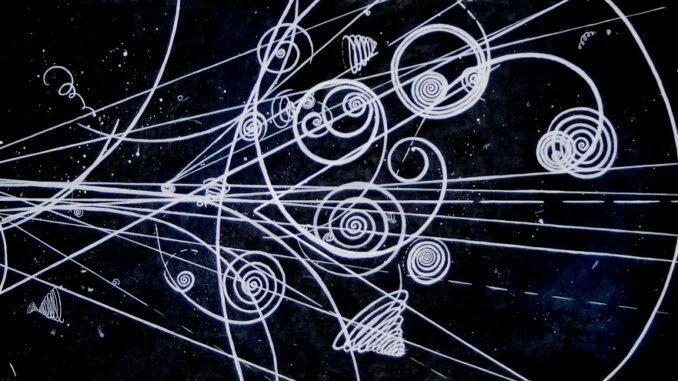
Senamile Masango
University of the Western Cape – MSc
The universe is full of mysteries: some in the farthest reaches of space, others in the hearts of black holes. But some are right in front of us. Even here on Earth, in the very fabric of matter that we can see and touch, there are hidden secrets. We do not, for example, understand the forces that hold the smallest particles in the universe together.
We know that there are atoms, the building blocks of matter, and within them a nucleus, which is the core of an atom. A nucleus in an atom is like a pea in a soccer stadium, mostly surrounded by empty space. This tiny nucleus, however, contains even smaller particles, but – despite humankind’s advances in science – we still do not understand the workings of the nuclear force, which is the glue that holds these even tinier particles together. If we can understand the intricacies of this force, it will broaden the way we apply nuclear science.
For instance, it may help us understand how to tame the nuclear energy generated in the sun here on Earth, and create more efficient energy sources.
To try and unlock the mysteries of the nucleus, I smash nuclei together. More specifically, I smash a Neon nucleus (the chemical element, not the lightbulb), travelling at about a tenth of the speed of light, into a target nucleus. There has been a long-standing puzzle about Neon-20 (Ne20), which is a variant – what scientists call an isotope – of the more common neon gas. (The 20 refers to the mass of the Ne20 atom in atomic mass units.) Previously, Ne20 has been studied in theory, but there is a very big difference between how this atom behaves in theory and what happens in experiments. In fact, results can vary by as much as 30%. Not only that, still we don’t understand why there is such a huge variety of neon (19 different types) and composition (the ratio of different varieties compared to one another) of neon isotopes. For example, meteorites have more Ne22 than Ne20, whereas the opposite is true on Earth.
A nucleus is very small, so small that you can’t see or observe it under a microscope, or even an electron microscope. You can only know that it exists by how the atom’s energy changes when it interacts with another atom. There are many particles within the nucleus, such as protons and neutrons, and scientists believe that there is a strong force that holds these particles together, or that within the nucleus there is a strong interaction that somehow keeps it all together.
Even a nucleus’s shape – and what causes it – is a mystery. It can be round like a soccer ball, squashed like a rugby ball or as bottom-heavy as a pear. All of these shapes have different properties. A soccer-ball nucleus, for example, is tightly bound and it is not easy to break it, but pear nuclei are deformed and move as a collective. It is very important to know the shape of a nucleus because, once we do, we can map how the particles are distributed within the nucleus and that will lead us to solve this mystery of the strong force.
There are many ways to determine the shape of the nucleus, such as fusing two different nuclei together or through coulomb excitation. Coulomb excitation is what I work with: I smash a fast-moving nucleus into a stationary one, and use the information about how the energy changes between the two to infer characteristics about their nuclei.
This is what happens: I shoot a Ne20 nucleus at the target nucleus. When they collide, the Ne20 nucleus shares energy with the stationary one. In physics, we say that the stationary nucleus becomes “excited”, meaning that it gets additional energy. But over time, it will lose that energy in the form of a light particle, or photon, and return to its original energy state. The smashing is done at TRIUMF, a particle accelerator in Canada. Sophisticated detectors inside the accelerator are able to pick up how much energy the collision releases, and how the impacted Ne20 nucleus scatters.
But this is easier said than done. To find out what is happening inside the nuclei, I need to sift through the debris of the collision – or rather, all the data that the detectors picked up from the collision – and put the pieces back together much like a detective would at the scene of an accident. Then I have to infer from the data what happened in the nuclei, and that should help me figure out the shape of the Ne20 nucleus. Hopefully, I will be able to find the clues that trace that back to the nuclear force and how this enigmatic phenomenon works.

Leave a Reply